I remember when I first started drinking puerh seriously almost ten years ago, a common argument that you see around the internet (Chinese, mainly) and among drinkers is that it’s cheap, so it’s worth bothering with. Oftentimes the comparison was with longjing – one jin of longjing was probably somewhere in the ballpark of 1200-2000 RMB back in the day, whereas the equivalent of good quality puerh was only a few hundred RMB. It was simply a lot cheaper to drink puerh, and so even if you have no intention of aging the tea, of dabbling in the aged tea market, of wanting to drink that taste, you can still enjoy good quality tea for a lot less money.
Fast forward ten years, the price for longjing has probably doubled in this period. At the same time, however, the price for newly made, good quality raw puerh has probably risen by about tenfold. Old tree teas from famous areas harvested during the spring now routinely command 2000+ RMB (and often much higher) per 357g cake. The value argument for buying new puerh to drink compared to other types of teas in the market has simply vanished in the past ten years. Yes, there are much cheaper cakes out there. You can still find, albeit with some difficulty now, cakes that sell for under 100 RMB a piece, but those appear far less frequently than before, and you can rest assured that the chances of finding quality tea among that pile of nameless and faceless cakes is quite low, much worse than before.
The interesting thing here is that prices for teas you can buy off websites that sell teas in English have risen by much, much less than what you can find in the markets here. Prices for some vendors have edged up a bit compared to previous years, and they have, just as mainland vendors have done, used tricks like making smaller cakes to make the sticker-shock less shocking. Nevertheless, it seems to me that there is a sort of glass ceiling for prices for new make puerh that is somewhere in the ballpark of $150 USD a cake. You almost never see that price point breached. Even for older teas, I very rarely see things that cost much more than about $200 a cake, which severely limits the options of what can be sold. In casual conversations with a few vendors about this, it’s pretty apparent that the market simply isn’t really ready to pay this kind of prices for tea, and when they do, it’s overwhelmingly in samples sales only, which doesn’t amount to much.
When you think about it, this necessarily means that something is going on with the quality of the leaves going into the cakes. One would be to lower the cost basis by using leaves from cheaper regions, but by and large, cheaper regions are cheaper for a reason. Laoman’e is cheaper not just because it’s less famous, but it’s seen as less age-worthy because it’s bitter. Vendors can also mitigate the rise in cost by using leaves from lesser trees from the same region. Whereas gushu teas are very expensive, you can often find leaves from younger trees (50-100 years old ones, or even younger) that cost a lot less.
It’s not just the price of raw materials that went up. Labour costs for everything in China has gone up. When I stayed in Beijing in 2006 for a year, the going rate for a teashop girl (and they’re almost all girls) was about 600-700 RMB a month, plus room and board. These days you’d be lucky to find someone for much below 2000. So while it is most certainly the case that the raw materials of the tea going into the cakes have gone up in prices, everything else has adjusted up too. You also have to remember that whereas in 2006 one USD was worth about 8 RMB, these days it’s only 6.24 RMB, which means everything, automatically, has gone up by about 25% before you even lift a finger.
The situation is definitely worse in the cases of vendors who have high cost structures – the need to maintain a brick and mortar shop, the need to buy long haul international plane tickets (and shipping the tea back to their home base), so on so forth. If the price for the tea they can sell hasn’t gone up much, and if the cost of any of these other things haven’t gone down much (they haven’t) then the only place they can squeeze out a profit is to lower their cost by using cheaper raw materials.
This kind of inflation is of course a direct consequence of China’s rapid economic development. There are very few things in our normal day to day life that has price rises of this sort – the only thing that we normally buy that goes through severe price fluctuations is oil. Even then, it’s only in the US where the gas prices reflect real changes in oil prices – in most developed countries tax is such a big part of the price of gasoline that the net effect of oil price changes resulting in an increase in pump prices is smaller. In other words, none of us, on a day to day basis, buy anything in our daily life that has shifted in cost and price as much as the puerh we’re buying.
So whereas in 2006 if someone posts on an internet forum, saying they want to buy a decent cake of tea for under $50, there were a lot of decent options, these days if you want a cake for under $50 that will age well, chances are you really have to scrape the bottom of the barrel, and even then the likelihood of finding something good is slim. As I’ve mentioned previously, the best bet is for teas that are 1) from before 2010 and 2) from vendors who don’t know current prices, and even then, one has to be very selective. Trying to find a new 2014 tea that’s under that price? Well, as a point of comparison, my new 2014 Dayi 7542 that I just bought cost me a bit over 30 USD. Dayi, of course, commands a premium over other brands, and I didn’t bother bargaining for one cake, but the fact is this cake, 10 years ago, would’ve cost about maybe 4-5Â USD a cake. High prices are here to stay, so while it pains me to say this, as consumers we have to be aware that a dollar now is not like a dollar a few years ago, and we need to adjust our expectations accordingly. Otherwise, all you’ll get offered to buy are from the trash heap that nobody would want to buy in China itself.






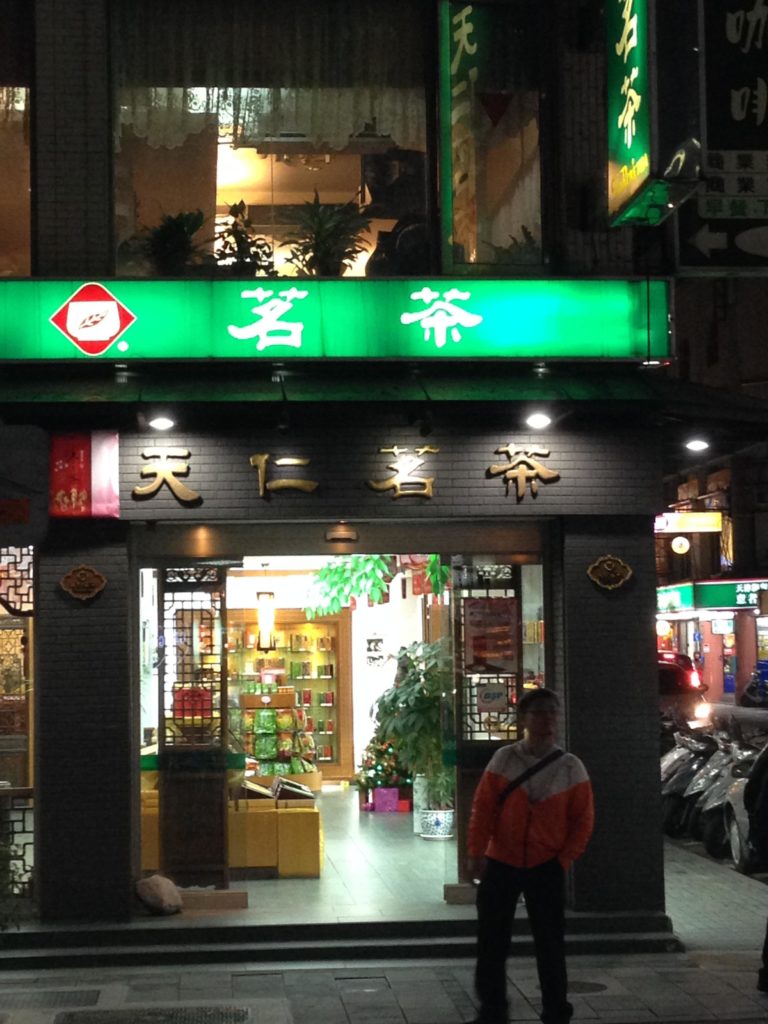



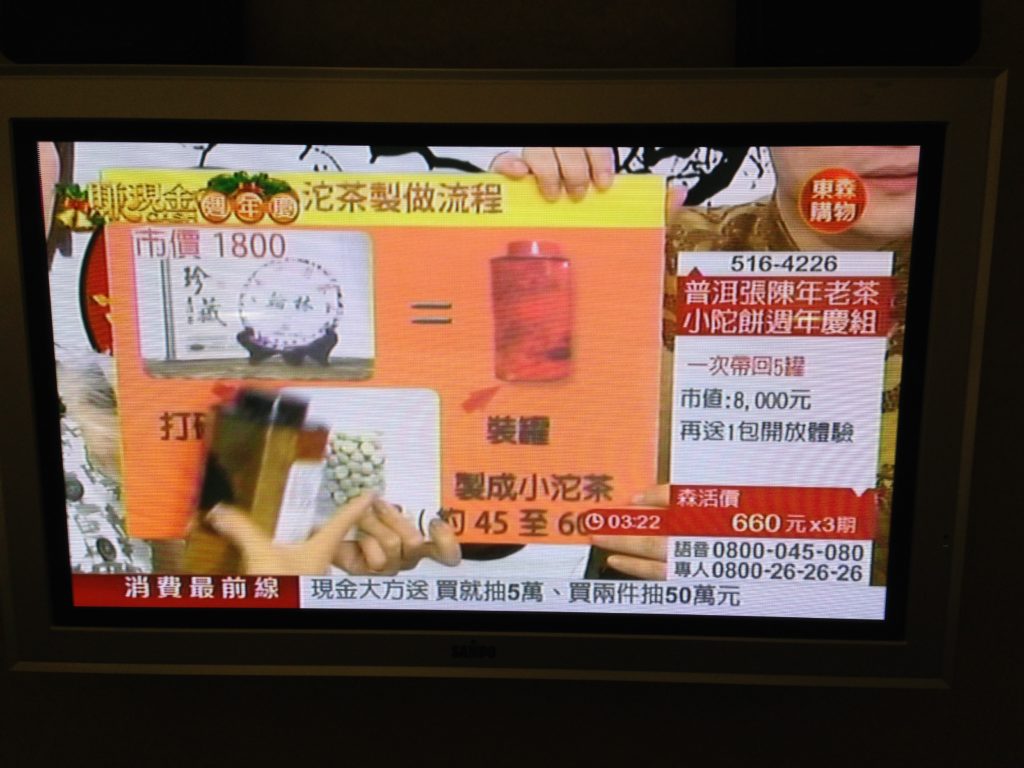


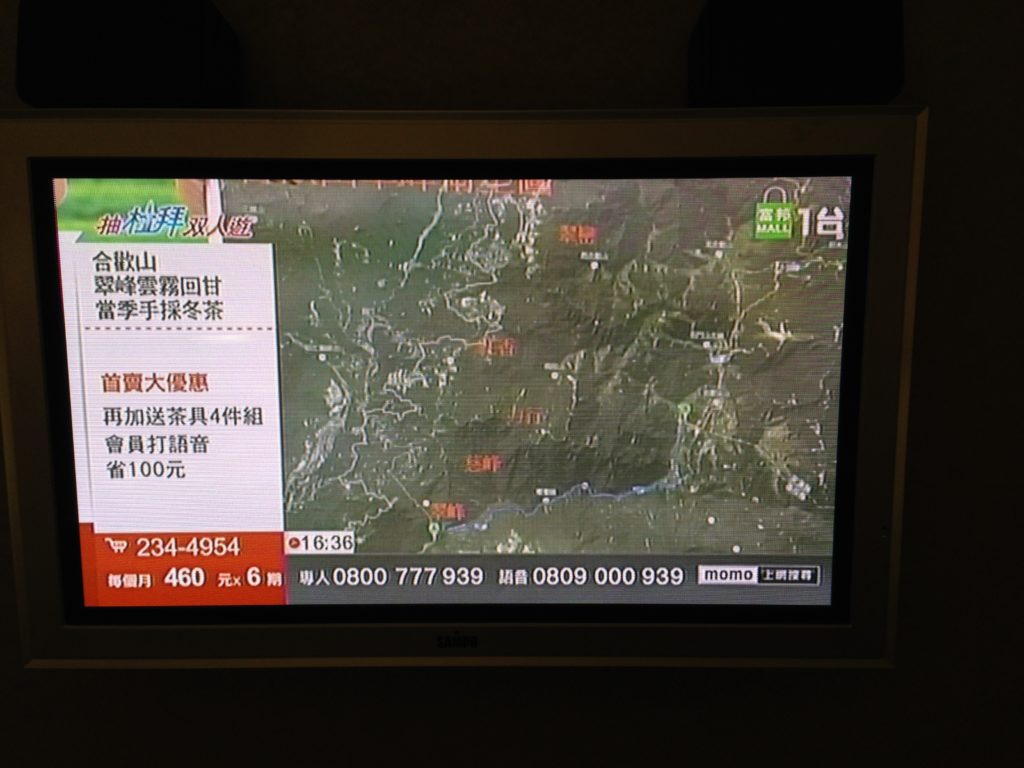

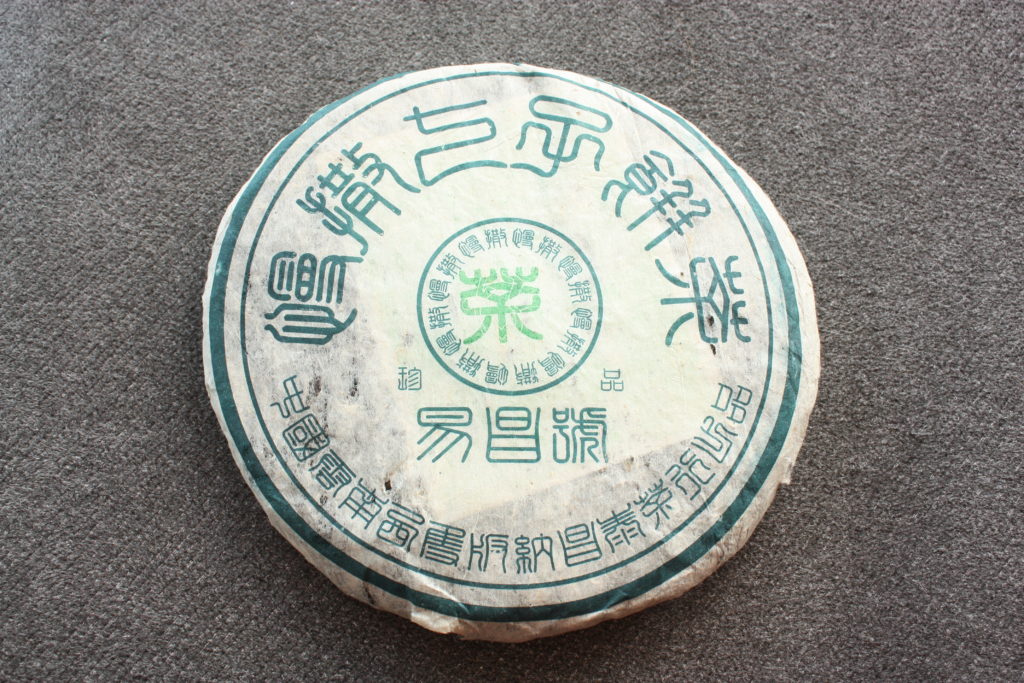


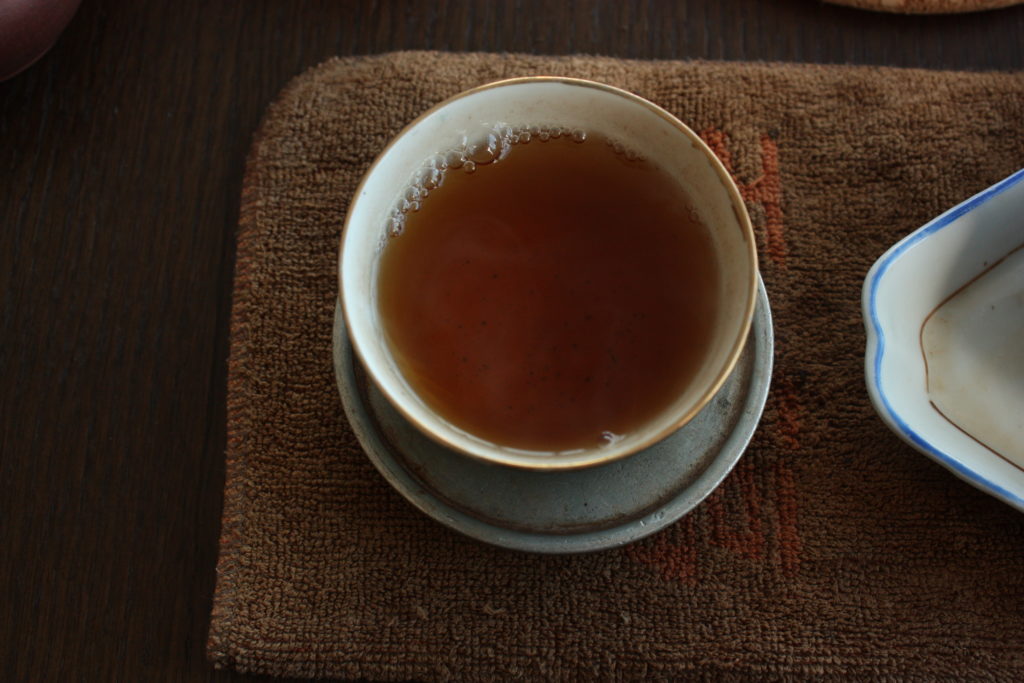

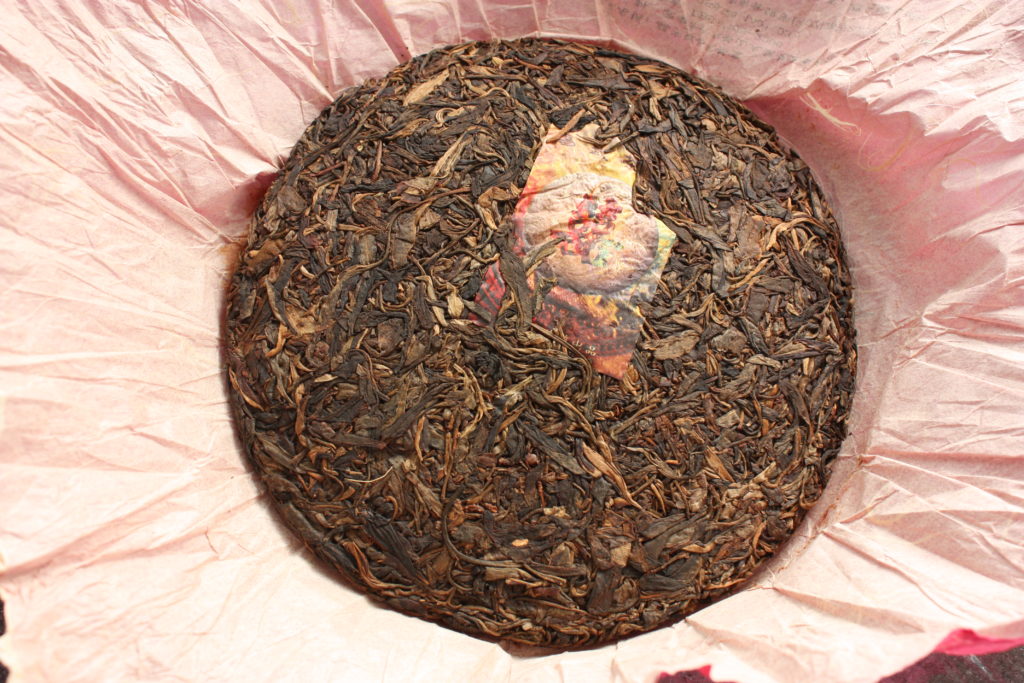
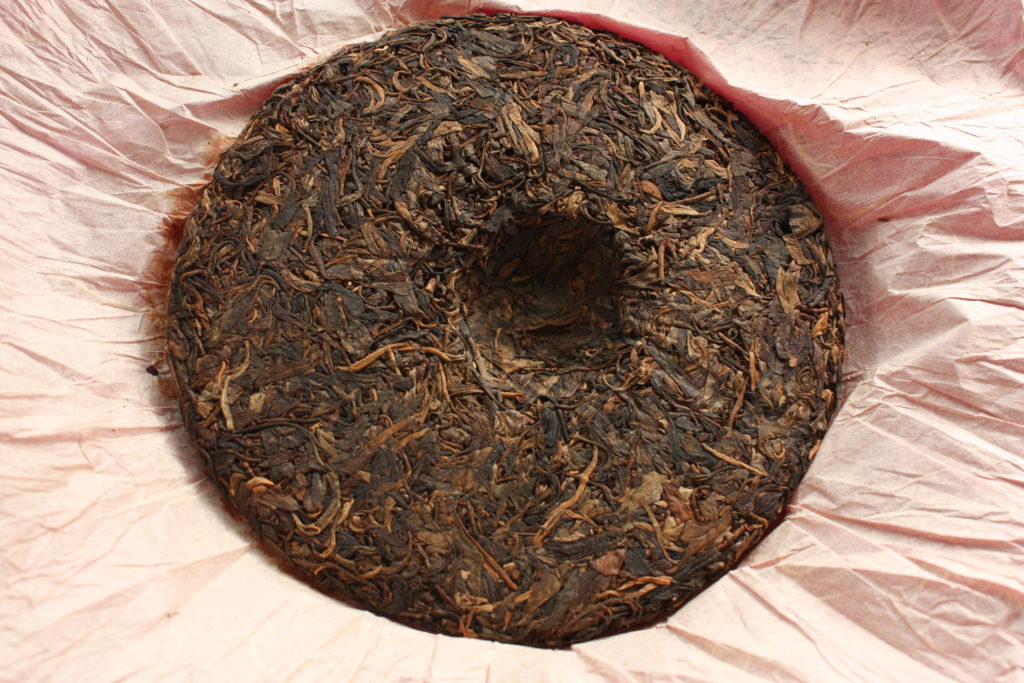

It's interesting to think that those prestigious villages aren't all newly discovered growing regions getting in on the puer boom,…